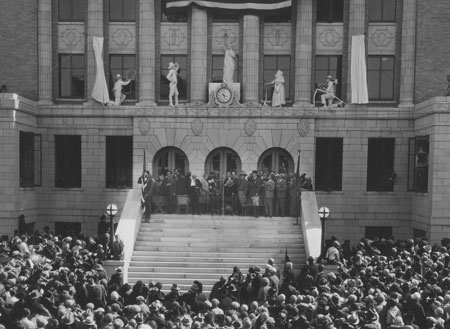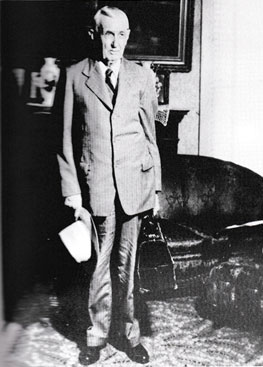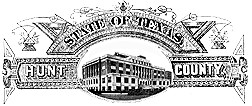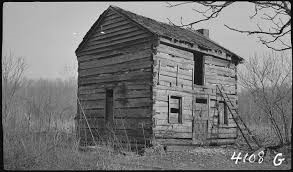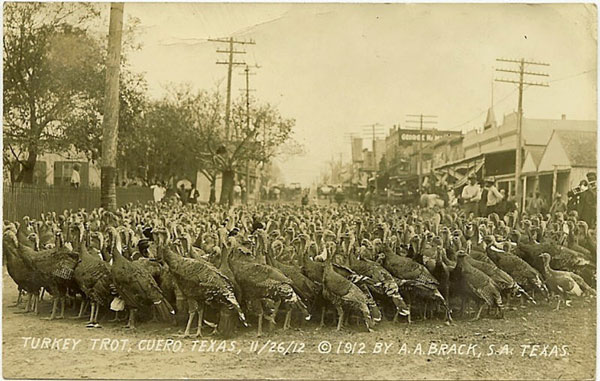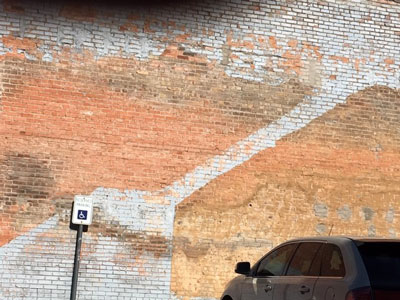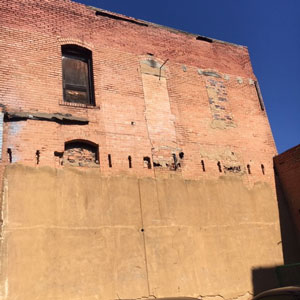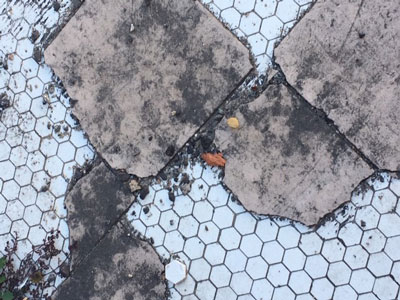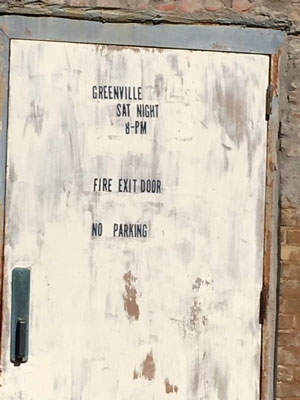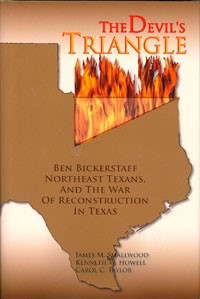
Christmas in the 19th Century was drastically different than it is today. But so is our environment, our thoughts and actions, and our lifestyles. I truly believe it would be easier for an American to return to our country in 1868 than it would be if the transition were reversed. Today we have a clue of life 150 years previously.
Yet, there are some similarities in 1868 and 2018. In Texas, violence was fairly common place. Many Texans refused to accept defeat in the Civil War and had no intentions of being reconstructed. I have read that in Hunt County, most women and children stayed close to home and never went out unaccompanied at night. Fortunately, few of us today share those feelings.
Why has this popped into my mind as we approach Christmas? In 2005 I co-authored a Reconstruction era book with the late Dr. James Smallwood, and with Dr. Ken Howell. The book in now out of print. University of North Texas Press has agreed to republish The Devil’s Triangle: Ben Bickerstaff, Northeast Texas, and the War of Reconstruction in Texas. Ken and I are working on revising the errors we found.
I spent two days meticulously reading and editing our work. I had not read it since we sent it to the first publisher, so I recalled the violence here in Northeast Texas 1865-1870. The woods were literally filled with human hunters searching woods, roads, saloon, and every place imaginable for human prey: white Unionists, former slaves, and Federal soldiers sent here to see that peace prevailed. All the while, innocent bystanders were threatened and killed.
Three former Confederate soldiers led the violence. Cullen Montgomery Baker was the renegade chief in far northeast Texas near the Arkansas and Louisiana borders. Benjamin F. Bickerstaff (not to be mistaken with the Biggerstaff family in Commerce, Texas) reigned havoc all the way from Texarkana to Cleburne. The area that included Hunt, Fannin, Grayson, and Collin counties was claimed by Bob Lee as his territory. Yet, all three leaders worked together to destroy the concept of a peaceful reconstruction of the former Confederate states while robbing everyone who might have valuables. Confederate supporters were, of course, exempt from the violence and looting, as long as they rode with the outlaws and provided them with information about troop movements and with food and forage for their horses.
Throughout 1869, all three of the men were killed. It took at least one year and more in some places for civility to return throughout the region and the state. By 1874 all Federal troops were removed from the state, groups like the Ku Klux Klan, Knights of the Rising Sun, and others disappeared for the time being, and life returned to some normalcy.
At Christmas time that year, the citizens of Greenville celebrated the holiday with Santa and a Christmas Tree at the courthouse. For the first time in their lifetimes, children were allowed out at night, were able to play safely, and see Santa in peace.
Last week the Greenville Christmas Parade filled children with awe and candy. While the means of celebration changed, the spirit is still abounding throughout Northeast Texas.

